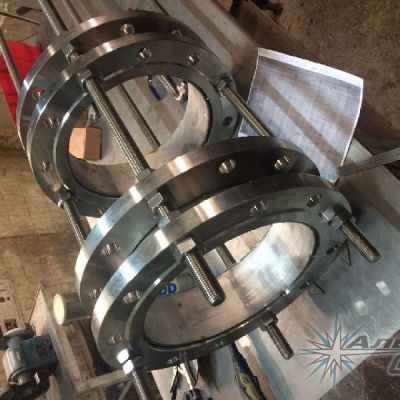
Stainless steel in Russia is manufactured in accordance with GOST 5632-2014. According to this standard, the designation of the steel grade reflects its chemical composition. The first two digits indicate the carbon content in hundredths of a percent. After them, the alloying elements are listed with an indication of their percentage content in descending order of the proportion in the alloy. For elements whose share is 1% or less, the content is not specified. For example, the designation of the steel grade 12X18H10T indicates a carbon content of 0.12%, chromium 18%, nickel 10% and titanium less than 1%. The letter A at the beginning of the name indicates sulfur, in the middle - nitrogen, at the end - belonging to a group of high-quality alloys. Other designations: B - niobium, C - tungsten, G- manganese, D - copper, T - titanium, etc. Russian brands of stainless steel correspond to the brands of foreign and international standards AISI (USA), DIN (Germany), EN (Europe). The most common are the following grades of stainless steel:
- 08X18H10. The most popular austenitic steel, widely used in mechanical engineering, food industry, construction, mining industry. It is characterized by increased strength, plasticity, the ability to deep draw, so that products of complex configuration are stamped from it. It does not magnetize and can withstand high temperatures. Foreign analog – AISI 304;
- 10X17H13M2T. The addition of titanium gives the alloy heat resistance (steel retains its properties at temperatures up to 600 ° C) and high anti-corrosion properties, allowing it to be applied to any type of welding. Welded products made of this alloy can be operated even in aggressive environments. Analog — AISI 316Ti;
- 12X18H10T. It is stable in an aggressive environment even at high temperatures. It is used in the food, pharmaceutical, chemical industries, in the petrochemical industry, mechanical engineering and energy. Analog — AISI 321, AISI 321H.
